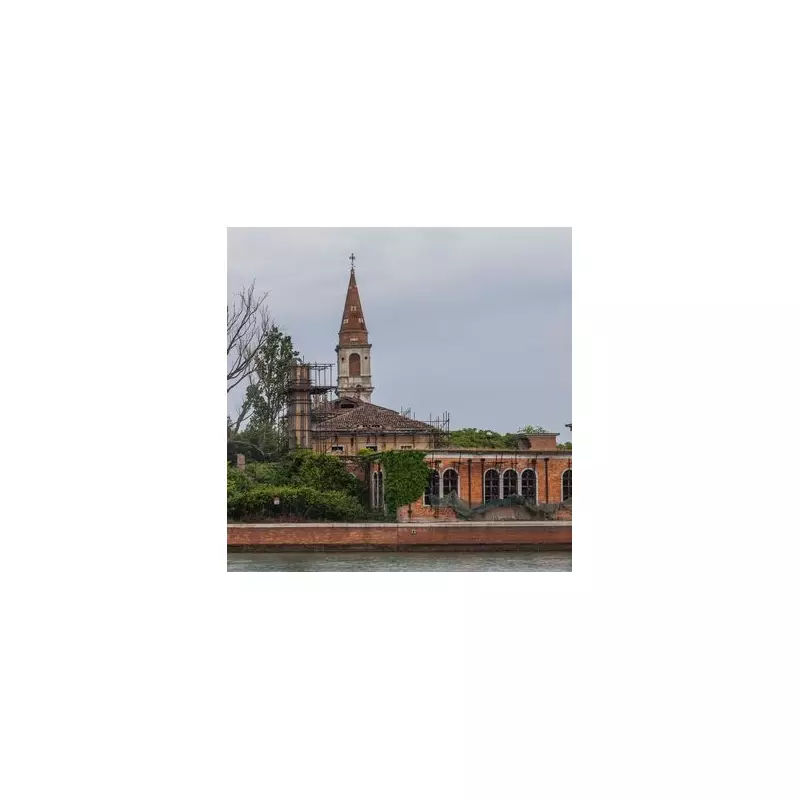
Off the coast of Nagasaki lies one of the world's most haunting and forbidden tourist destinations: Hashima Island, a crumbling relic of Japan's industrial past that stands as a ghostly monument to abandonment.
Known as 'Battleship Island' for its distinctive silhouette against the sea, this eerie outpost was once the most densely populated place on earth during its peak as a coal mining community. Today, it stands utterly deserted—a decaying time capsule where nature relentlessly reclaims its concrete landscape.
The Rise and Fall of a Industrial Giant
During the 20th century, Hashima Island thrived as a bustling coal mining facility operated by Mitsubishi. At its peak in 1959, over 5,000 residents called this concrete fortress home, living in apartment blocks that towered over the sea, complete with schools, shops, and a community centre—all on a rock measuring just 480 metres long and 160 metres wide.
The island's abrupt abandonment came in 1974 when petroleum replaced coal as Japan's primary energy source. Within weeks, every resident departed, leaving behind personal belongings, furniture, and decades of history to the elements.
A Landscape of Decay and Danger
Today, Hashima presents an apocalyptic vision where concrete buildings collapse into the sea and rusting staircases lead to nowhere. The entire island has been declared unsafe, with visitors prohibited from exploring beyond specially constructed viewing platforms due to the imminent risk of structural collapse.
Despite the dangers, the island's haunting atmosphere and historical significance have drawn international attention. It served as inspiration for the villain's lair in the James Bond film 'Skyfall' and has been featured in numerous documentaries exploring its ghostly remains.
Preservation Versus Decay
UNESCO designated Hashima Island as a World Heritage Site in 2015, recognising its importance to Japan's industrial revolution. This status has sparked debates between conservationists seeking to preserve the crumbling structures and those who believe nature should continue its reclamation uninterrupted.
For now, the island remains suspended between memory and decay—a powerful symbol of industrial rise and fall that continues to captivate imagination while strictly limiting human contact with its dangerous beauty.





